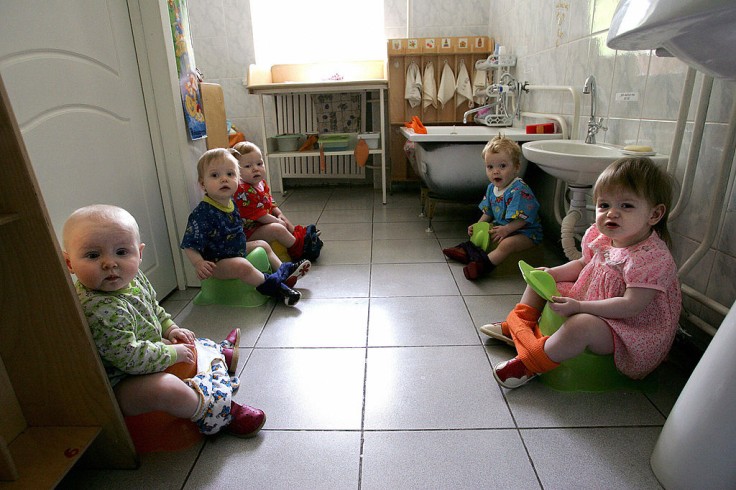
Many parents anxiously anticipate the end of the diaper phase, but potty training can be terrifying. However, with the three-day potty training approach, the transition can be quick.
"Toilet training takes a weekend," says Dr. Ari Brown, co-author of Baby 411. "You just have to pick the right weekend."
Historically, potty training took weeks or months with sticker charts and pull-on diapers, which can confuse kids, notes Michelle Swaney, CEO of The Potty School. "If the goal is to get pee and poop in the toilet, then why not start immediately?"
What Is the 3-Day Potty Training Method?
The three-day potty training approach is an advanced method of training toddlers to change from diapers to using the toilet. It includes staying home and having the child go diaper-free (and often pants-free) for three days while training to use the potty.
Proponents contend that this approach is less complicated for kids than gradual methods, helping them swiftly recognize the need to use the toilet.
Is Your Child Ready for Potty Training?
Dr. Vana Melkonian, a pediatrician in Weston, Massachusetts, recommends beginning as early as 18 to 21 months if the child shows preparedness, though some experts suggest between 30 and 33 months.
After 36 months, potty training can become more difficult due to heightened stubbornness.
Research shows that around 40% to 60% of children are fully potty trained by age 3, meaning many go through the process later. When your child shows the most readiness signs, you can begin the three-day potty training method, says Dr. Brown.
Before You Start 3-Day Potty Training
Once your child is ready, ensure they wear underwear at all times except when sleeping. Take them to choose their underwear to make the transition exciting. Explain that once the remaining diapers are used, they won't return.
Since you'll be spending a lot of time at home, plan activities to keep you and your child entertained, like art projects, movies, games, cooking, and baking.
Inform your partner and other caregivers about the process. Sharing the responsibility ensures your child learns to use the toilet with everyone.
How to Implement 3-Day Potty Training
Choose any three days for this method, often preferred over a weekend. Stay home and focus on your child during these days.
Step 1: Prep your child
Start preparing two weeks in advance by discussing the change. Introduce potty-related vocabulary and plan to move diaper changes to the bathroom.
Step 2: Ditch the diapers
Have your child go bottomless to avoid accidents. This helps them become more aware of their bodily functions.
Step 3: Give extra fluids
Increase your child's fluid intake to create more opportunities for potty practice.
Step 4: Sit on the toilet
Motivate your child to sit on the toilet when they feel the need to go. Watch for signs like pauses in play, panicked expressions, or sounds.
Step 5: Make a potty routine
Build a habit of taking the child to the bathroom at particular times, such as first thing in the morning and before bed. Frequently ask if they need to use the toilet.
Step 6: Manage naps and bedtime
Use pull-on diapers for sleeping but with underwear over them. This helps children associate underwear with staying dry.
Step 7: Expect accidents
Accidents are part of the learning process. They help children understand the feeling of needing to go and allow parents to recognize the signs.
The three days provide a strong start, but it may not result in complete potty training. Success means the child shows regret after accidents, indicating they understand the process. If there are still frequent accidents, it might be best to pause and try again later.
While transitioning out of diapers can bring a mix of emotions, it also allows parents to witness their child's growing independence and adaptability.
Related Article: When to Start Potty Training: Recognizing Signs of Toddler Readiness for Toilet Training